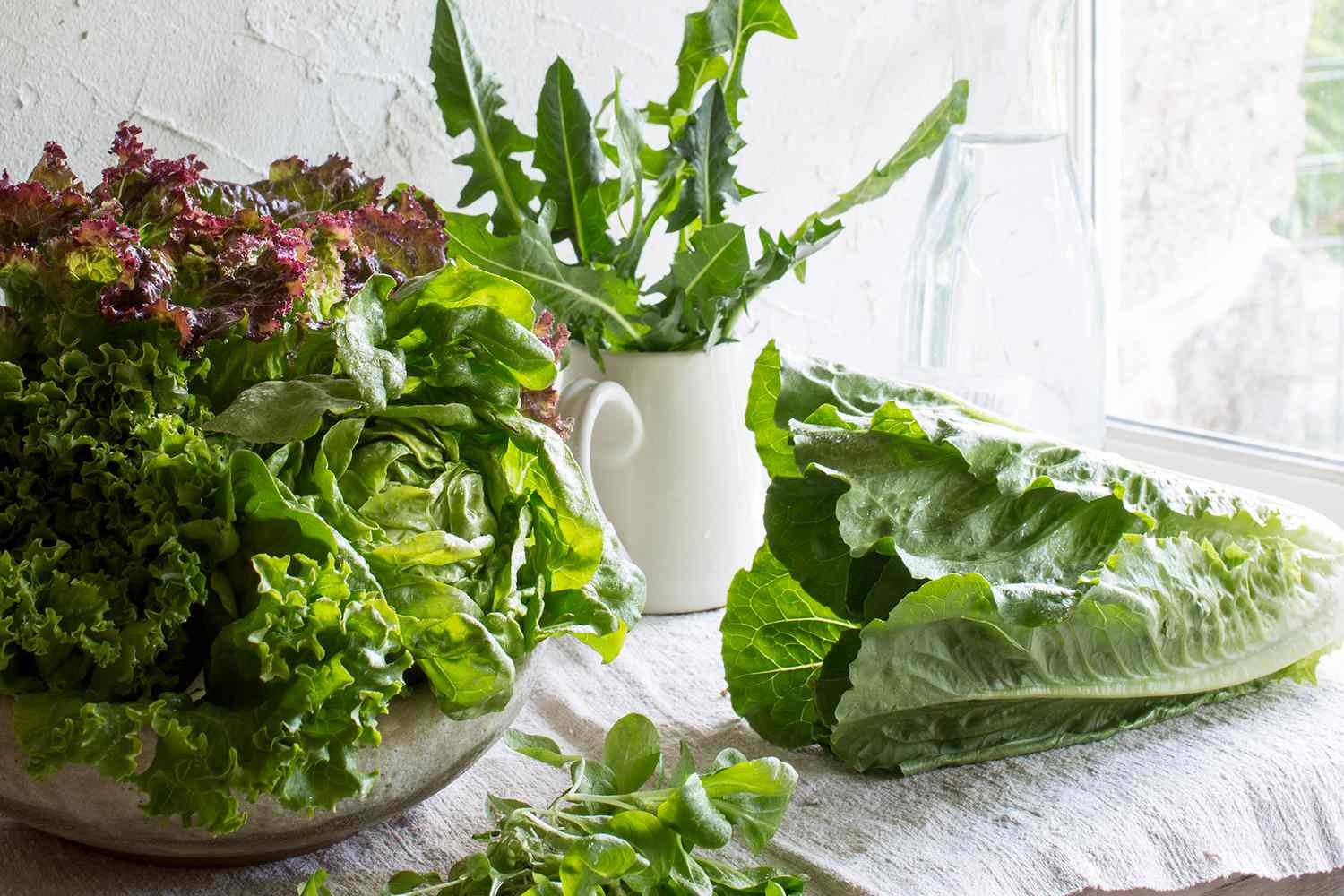

Articles
How To Store Fresh Greens
Modified: January 5, 2024
Learn effective ways to store fresh greens in this informative article. Keep your greens fresh and delicious with these helpful tips and techniques.
(Many of the links in this article redirect to a specific reviewed product. Your purchase of these products through affiliate links helps to generate commission for Storables.com, at no extra cost. Learn more)
Introduction
When it comes to maintaining the freshness and quality of fresh greens, proper storage is key. Whether you’ve just harvested greens from your garden or purchased them from the grocery store, knowing how to store them correctly will extend their shelf life and preserve their nutritional value.
Proper storage not only prevents wilting and spoilage but also helps to retain the vibrant color, crisp texture, and flavorful taste of the greens. In this article, we will explore the importance of proper storage for fresh greens, offer tips on choosing the best greens, and provide simple yet effective methods for storing them.
With the right knowledge and techniques, you can ensure that your greens stay fresh and delicious for as long as possible, giving you more time to enjoy their health benefits and versatile culinary uses.
Key Takeaways:
- Proper storage of fresh greens is crucial for maintaining their flavor, texture, and nutritional value. Choosing the best quality greens, preparing them correctly, and using suitable storage methods can significantly extend their shelf life and reduce food waste.
- Reviving wilted fresh greens is possible with simple techniques like ice water baths, misting, refrigeration, soaking, or steaming. These methods can help restore the crispness and vibrancy of greens, minimizing unnecessary food waste and maximizing their usability.
Read more: How To Store Fresh Collard Greens
The Importance of Proper Storage for Fresh Greens
Proper storage is vital for maintaining the quality and freshness of your fresh greens. When greens are not stored correctly, they can quickly wilt, lose their vibrant colors, and become limp and unappetizing. Furthermore, improper storage can lead to faster spoilage, resulting in food waste and unnecessary expenses.
By storing your fresh greens properly, you can extend their shelf life and preserve their nutritional value. Greens are rich in essential vitamins, minerals, and antioxidants, which can be diminished if not stored correctly. When greens are properly stored, they will retain their nutritional content, ensuring that you get the maximum health benefits when consuming them.
In addition to maintaining freshness and nutrition, proper storage also helps to preserve the taste and texture of fresh greens. Leafy greens like spinach, kale, and lettuce have a delicate and tender nature. When exposed to improper storage conditions, they can quickly become wilted, develop a bitter taste, and lose their pleasant crispness. Properly stored greens will retain their desirable texture and flavor, enhancing your culinary experience.
Furthermore, proper storage is essential for reducing food waste. It can be disheartening to find your greens spoiled and unusable due to improper storage. By implementing effective storage methods, you can prolong the shelf life of your greens, giving you more time to enjoy them before they go bad. This not only saves money but also helps to minimize environmental impact by reducing food waste.
Overall, understanding the importance of proper storage for fresh greens is crucial for ensuring that you get the most out of your greens. It allows you to maintain their freshness, preserve their nutritional value, and enjoy their flavors and textures for longer periods. Now that we know the significance of proper storage, let’s dive into some helpful tips on choosing the best greens for storage and preparing them properly.
Choosing Fresh Greens
When it comes to selecting fresh greens for storage, there are a few key factors to consider to ensure that you start with the best quality produce. Here are some tips to help you choose the freshest greens:
- Look for vibrant color: Choose greens that are vibrant and have a rich, deep color. Avoid greens that appear dull or yellowish, as this may indicate that they are past their prime.
- Check for crispness: Gently squeeze the leaves of the greens to check for crispness. Fresh greens should have a firm texture and should not feel wilted or limp.
- Avoid signs of damage: Inspect the greens for any signs of damage, such as bruising, browning, or yellowing. Damaged leaves can spoil faster and may affect the overall quality of the greens.
- Consider organic options: If possible, opt for organic greens. Organic greens are grown without the use of synthetic pesticides and fertilizers, making them a healthier choice for you and the environment.
- Purchase from reliable sources: Buy your greens from reputable sources such as farmers markets or local grocery stores known for their quality produce. These sources often have a faster turnover, ensuring that you get fresher greens.
Remember that different types of greens have varying degrees of freshness and shelf life. Leafy greens like spinach and lettuce have a shorter lifespan compared to heartier greens like kale and collard greens. Take this into consideration when choosing the greens you want to store for later use.
By selecting the freshest greens, you are setting a solid foundation for optimal storage and prolonged freshness. Now that we have chosen our greens, let’s move on to preparing them for storage.
Preparing Fresh Greens for Storage
Before storing your fresh greens, it is essential to take a few steps to prepare them properly. Proper preparation helps to remove any dirt, insects, or contaminants and ensures that the greens remain in the best possible condition during storage. Here are some essential steps to follow when preparing fresh greens for storage:
- Washing: Start by washing the greens thoroughly. Fill a sink or large bowl with cold water and gently submerge the greens, swishing them around to remove any dirt or debris. You may need to repeat this step a few times until the water runs clear. Avoid using warm or hot water, as it can wilt the greens.
- Drying: After washing, it’s important to dry the greens thoroughly. Excess moisture can promote spoilage and lead to a shorter shelf life. You can use a salad spinner to remove excess water or gently pat the greens dry with a clean kitchen towel or paper towels.
- Trimming: Inspect the greens and remove any damaged or wilted leaves. Trim the stems if necessary, cutting off any brown or discolored ends. This step helps to maintain the overall quality of the greens and prevents the spread of spoilage.
- Storage preparation: Once the greens are clean and dry, you can prepare them for storage. Depending on the storage method you choose, you can either leave the greens whole or cut them into smaller, more manageable pieces. Keep in mind that cutting greens can accelerate wilting, so it’s best to cut them right before using them.
By following these steps, you are ensuring that your fresh greens are clean, dry, and free from any contaminants before storage. This preparation helps to maintain their freshness and quality while extending their shelf life. Now that we have prepared our greens, let’s explore the different storage methods for fresh greens.
Storing Fresh Greens in the Refrigerator
The refrigerator is a common and effective method for storing fresh greens. The cool temperature helps to slow down the wilting process and maintain the freshness of the greens. Follow these steps to store your fresh greens in the refrigerator:
- Remove excess moisture: Before storing, make sure the greens are dry. Excess moisture can lead to quicker spoilage. Use a salad spinner or pat the greens dry with a clean kitchen towel or paper towels.
- Wrap in paper towels: Take a few sheets of paper towels and place them at the bottom of a resealable plastic bag or airtight container. This helps to absorb excess moisture and keeps the greens dry during storage.
- Pack the greens: Place the dry greens on top of the paper towels, being careful not to overcrowd them. Overcrowding can lead to faster wilting and spoilage. If you have multiple varieties of greens, it’s best to store them separately to prevent cross-contamination of flavors and odors.
- Seal and store: Seal the plastic bag or container tightly to keep air out and prevent moisture loss. Store the greens in the refrigerator’s crisper drawer or a designated compartment. These areas provide optimal humidity and temperature control for preserving the freshness of the greens.
- Check and use: Periodically check the greens for any signs of wilting or spoilage. If you notice any wilted or damaged leaves, remove them to prevent them from affecting the rest of the greens. Use the stored greens within a week for the best quality and flavor.
Storing fresh greens in the refrigerator helps to maintain their crispness and color, ensuring that they stay fresh for a longer period. However, keep in mind that some greens, like delicate lettuce varieties, may wilt faster than heartier greens like kale. Adjust your storage time accordingly based on the specific type of greens you are storing.
Next, let’s explore an alternative method for storing fresh greens at room temperature.
To store fresh greens, wrap them in a damp paper towel and place them in a resealable plastic bag. Squeeze out excess air and store in the refrigerator to keep them crisp and fresh for longer.
Storing Fresh Greens at Room Temperature
While storing fresh greens in the refrigerator is the most common method, certain types of greens can also be stored at room temperature. This method can be particularly useful if you plan to use the greens within a day or two. Follow these steps to store fresh greens at room temperature:
- Remove excess moisture: Just like when storing in the refrigerator, make sure the greens are dry before storing. Excess moisture can lead to spoilage.
- Bundle the greens: Gather the dry greens and loosely bundle them together, making sure to keep the stems intact. This helps to preserve the natural moisture of the greens and prevent them from drying out too quickly.
- Place in a container: Find a container with a little bit of water at the bottom, such as a glass or a jar. Insert the stems of the greens into the water, ensuring that the leaves are not submerged. This water helps to provide hydration and keep the greens fresh.
- Cover with a plastic bag: To maintain the humidity around the greens, loosely cover them with a plastic bag or place them inside a plastic produce bag. This creates a microclimate that helps to prevent the greens from wilting too quickly.
- Store in a cool spot: Find a cool area in your kitchen away from direct sunlight or sources of heat. Ideal locations include a shaded countertop or a cool pantry shelf. Avoid placing the greens near fruits like apples or bananas, as these release ethylene gas, which can accelerate the wilting process.
- Check and use: Regularly inspect the greens for any signs of wilting or spoilage. Remove any wilted or damaged leaves promptly to prevent them from affecting the rest of the greens. Use the stored greens within a day or two for the best quality.
Storing fresh greens at room temperature can be a convenient option if you plan to use them quickly. However, keep in mind that this method is not suitable for all types of greens, especially delicate varieties like lettuce. It’s best to use this method for heartier greens like kale or chard. For longer storage, refrigeration is recommended.
Now that we’ve covered the storage methods, let’s explore how using the right storage containers can further enhance the freshness of your greens.
Using Storage Containers for Fresh Greens
Choosing the right storage containers for your fresh greens can make a significant difference in maintaining their freshness and quality. The right containers help to regulate humidity, prevent moisture loss, and protect the greens from potential contaminants. Here are some options for storing fresh greens:
- Resealable plastic bags: These bags are a convenient and affordable option for storing fresh greens. Place the washed and dried greens inside the bag, remove excess air, and seal it tightly. The bags help to retain moisture and prevent wilting. Opt for freezer bags as they are thicker and more durable.
- Airtight containers: Airtight containers are an excellent choice for storing fresh greens. They provide a sealed environment that keeps out air and moisture, helping to preserve the greens’ freshness. Look for containers specifically designed for storing produce or use glass containers with airtight lids.
- Specially designed produce storage containers: There are containers available in the market specifically designed for storing fresh greens. These containers have built-in compartments and ventilation systems that help to maintain optimal humidity levels and prevent moisture buildup.
- Mason jars: Mason jars can be a charming and effective option for storing smaller quantities of fresh greens. Simply place the greens inside the jar, seal it tightly, and store it in the refrigerator. This method works well for heartier greens like kale or collard greens.
When using storage containers, it’s important to remember a few key tips:
- Make sure the containers are clean and dry before storing the greens to prevent any potential contamination.
- Store the containers in the appropriate storage location, whether it’s the refrigerator or a cool spot in the kitchen.
- Label the containers with the date of storage to help you keep track of the freshness of the greens.
- Avoid overcrowding the containers, as this can lead to faster spoilage. Give the greens enough space to breathe and prevent them from being crushed or bruised.
Using the right storage containers will help you maximize the freshness and shelf life of your fresh greens. Now, let’s explore how to revive wilted fresh greens and bring them back to life.
Reviving Wilted Fresh Greens
Discovering that your fresh greens have become wilted can be disappointing, but don’t throw them away just yet! There are several methods you can use to revive wilted greens and bring them back to their crisp and vibrant state. Here are some techniques to try:
- Ice water bath: Fill a large bowl with cold water and add a handful of ice cubes. Submerge the wilted greens in the icy water and let them sit for about 15-30 minutes. The cold temperature helps to rehydrate the greens and restore their crispness.
- Misting: If you only have a few wilted leaves, you can try misting them with water. Use a spray bottle to lightly mist the leaves, focusing on the areas that appear wilted. Place the greens in a plastic bag and seal it tightly, allowing them to rehydrate for a few hours.
- Refrigerator revival: Place the wilted greens in a plastic bag or an airtight container and refrigerate them for a few hours or overnight. The cool temperature of the refrigerator can help to revive the greens by slowing down the wilting process and allowing them to absorb moisture.
- Cutting and soaking: If your greens are severely wilted, you can try cutting off the ends of the stems and submerging the greens in a bowl of cold water. Let them soak for 30 minutes to an hour, allowing the stems to absorb water and restore the crispness of the leaves.
- Steam revival: For heartier greens like kale or collard greens, steaming can help to revive their texture. Steam the wilted greens for a few minutes until they become bright and vibrant. The moisture from the steam can help to restore their hydration and plumpness.
After trying these revival methods, it’s essential to use the greens as soon as possible to enjoy their revived freshness. Keep in mind that while these techniques can work well for mildly wilted greens, they may not be as effective for greens that are past their prime or severely wilted.
By knowing how to revive wilted greens, you can salvage them and prevent unnecessary food waste. Now that we’ve covered the revival methods, let’s conclude our discussion on storing fresh greens.
Conclusion
Proper storage is essential for maintaining the freshness, flavor, and nutritional value of your fresh greens. Whether you choose to store them in the refrigerator or at room temperature, the key is to control humidity, prevent wilting, and minimize exposure to contaminants.
When selecting fresh greens, look for vibrant colors and crisp textures. Take the time to properly wash, dry, and trim the greens before storing them. Consider the different storage options, such as resealable plastic bags, airtight containers, or specially designed produce storage containers, to find the most suitable method for your needs.
Remember to periodically check the stored greens for any signs of wilting or spoilage and remove any damaged leaves promptly. Use the stored greens within the recommended time frame for the best quality and flavor.
In the event that your greens become wilted, don’t despair. There are methods to help revive them, such as ice water baths, misting, refrigeration, soaking, or steaming. These techniques can help restore the crispness and vibrancy of the greens, allowing you to still enjoy them in your favorite dishes.
By implementing these proper storage methods and revival techniques, you can make the most out of your fresh greens and reduce food waste. Not only will you enjoy fresher and more flavorful greens, but you’ll also contribute to a more sustainable and mindful approach to cooking and eating.
So remember, whether you’re growing your own greens or buying them from the store, proper storage is the key to preserving their quality and ensuring that they last as long as possible. With a little care and attention, you can savor the freshness and goodness of your greens in a variety of delicious and nutritious meals.
Frequently Asked Questions about How To Store Fresh Greens
Was this page helpful?
At Storables.com, we guarantee accurate and reliable information. Our content, validated by Expert Board Contributors, is crafted following stringent Editorial Policies. We're committed to providing you with well-researched, expert-backed insights for all your informational needs.
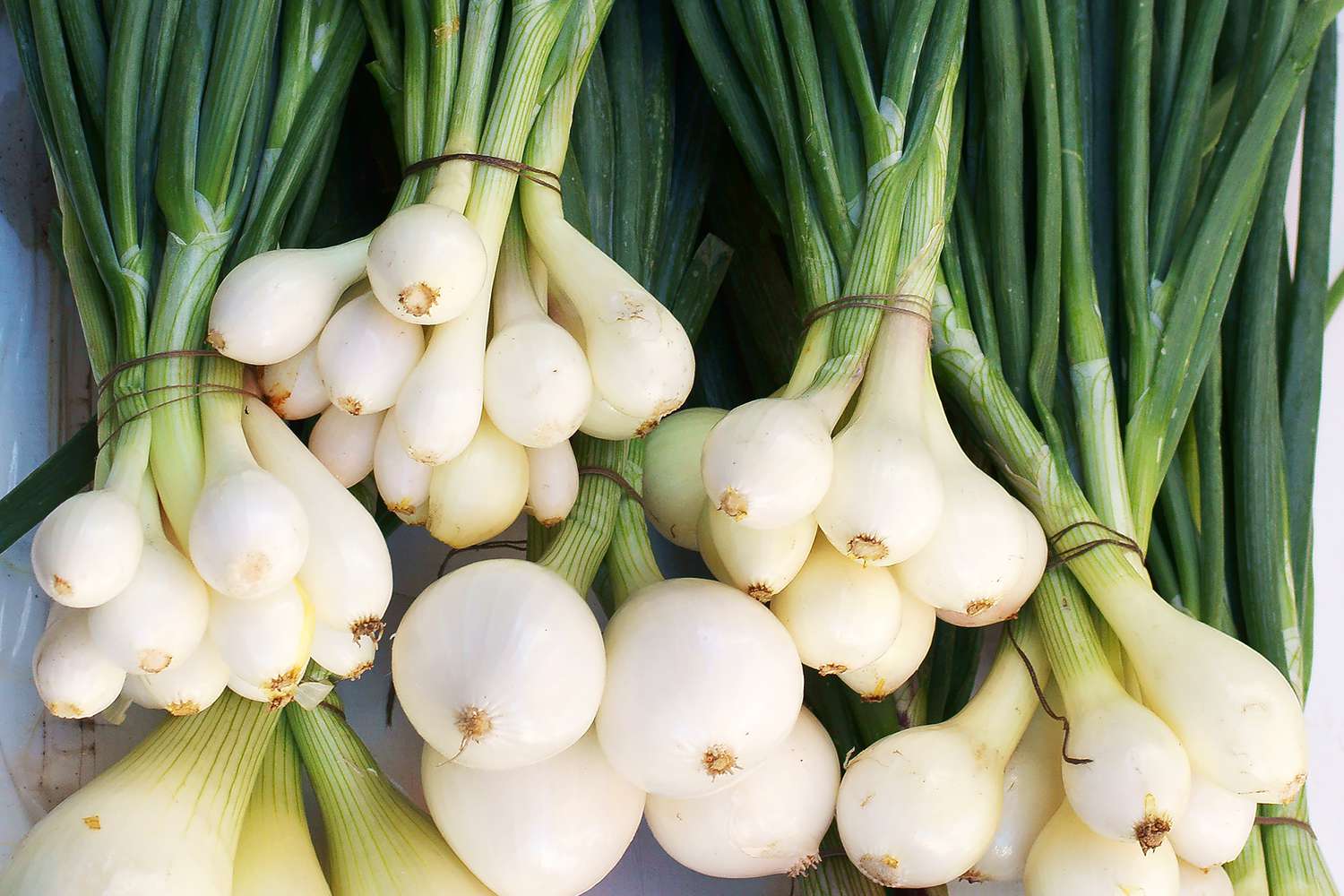
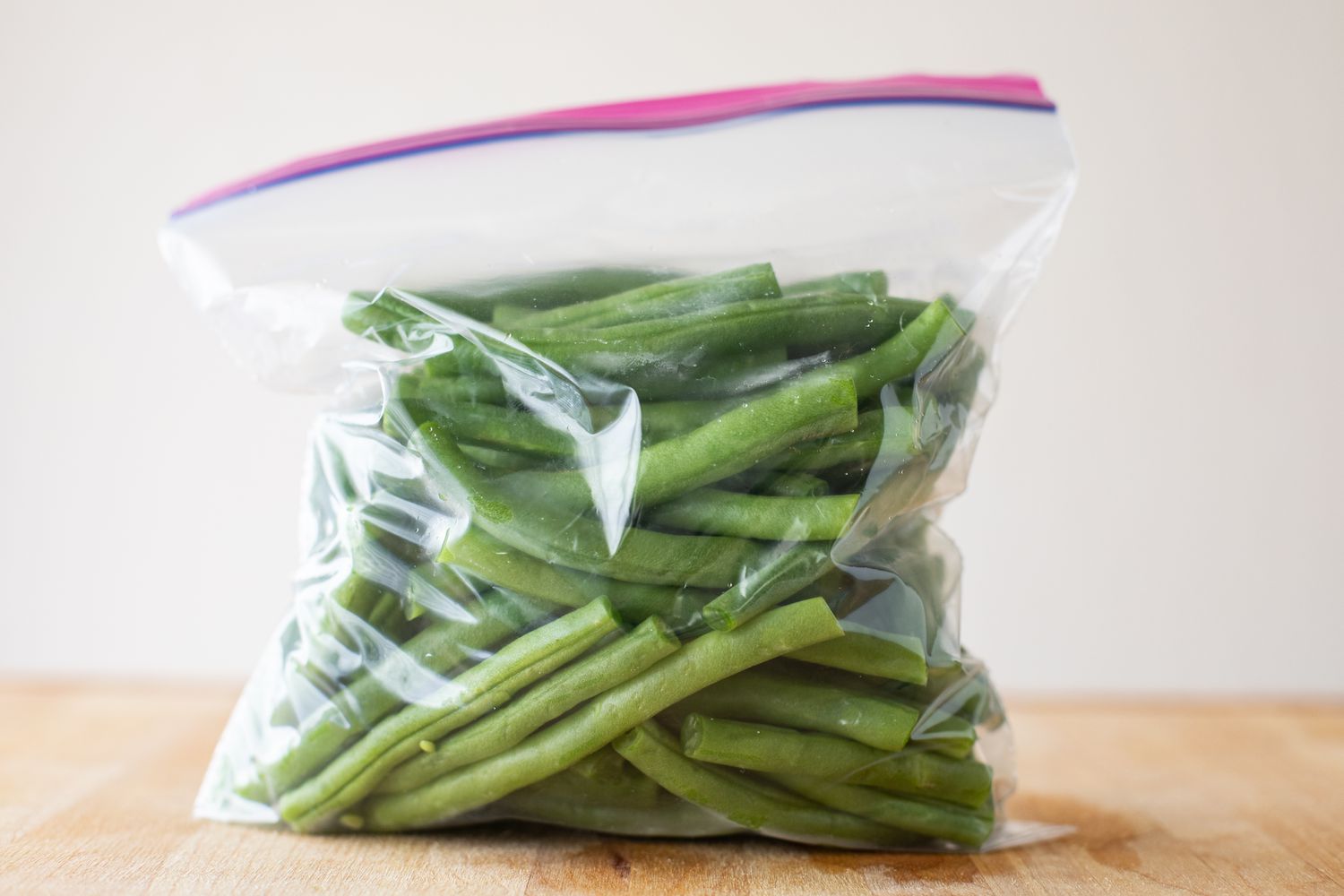
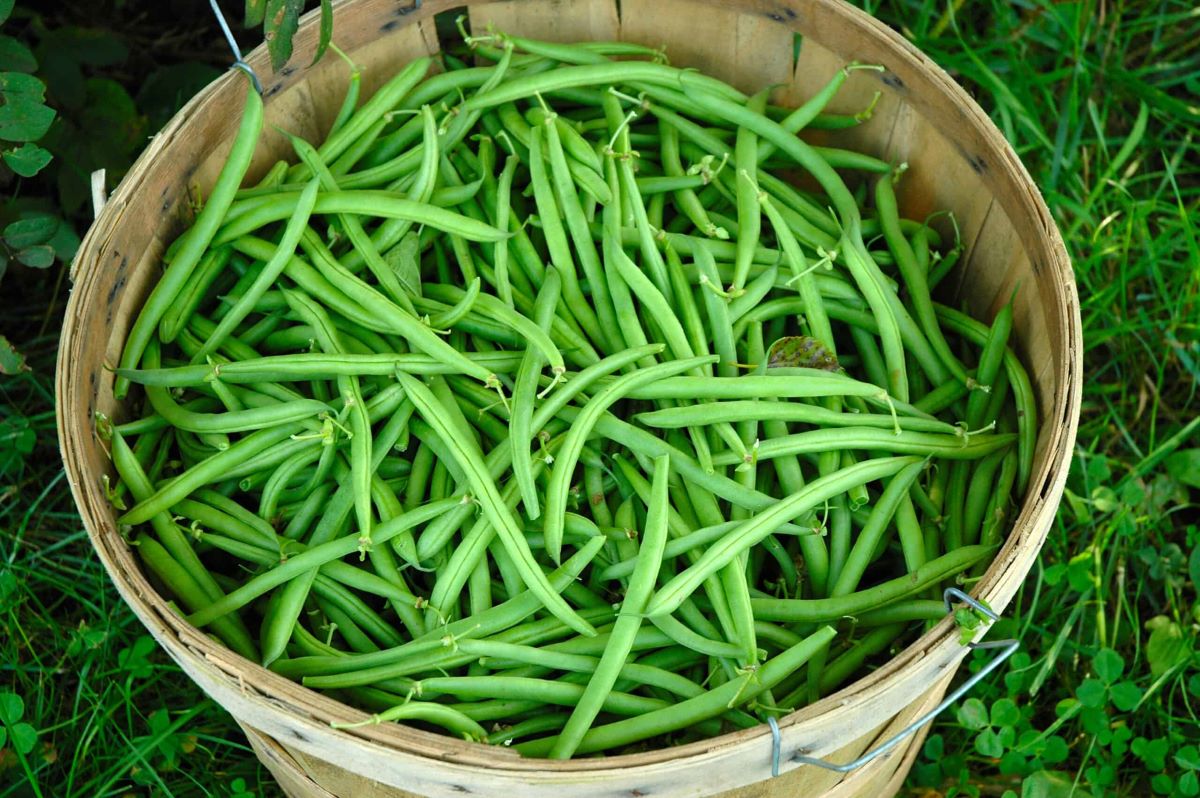

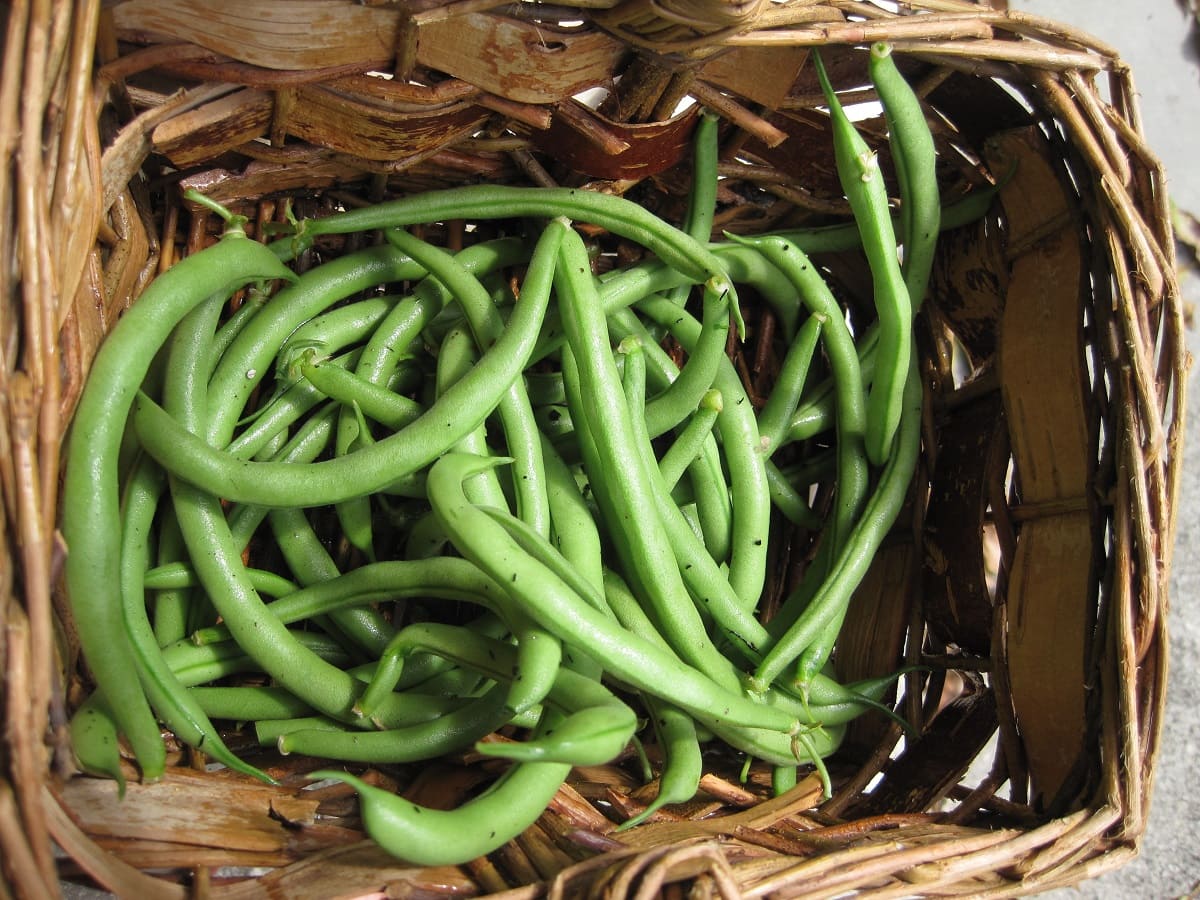
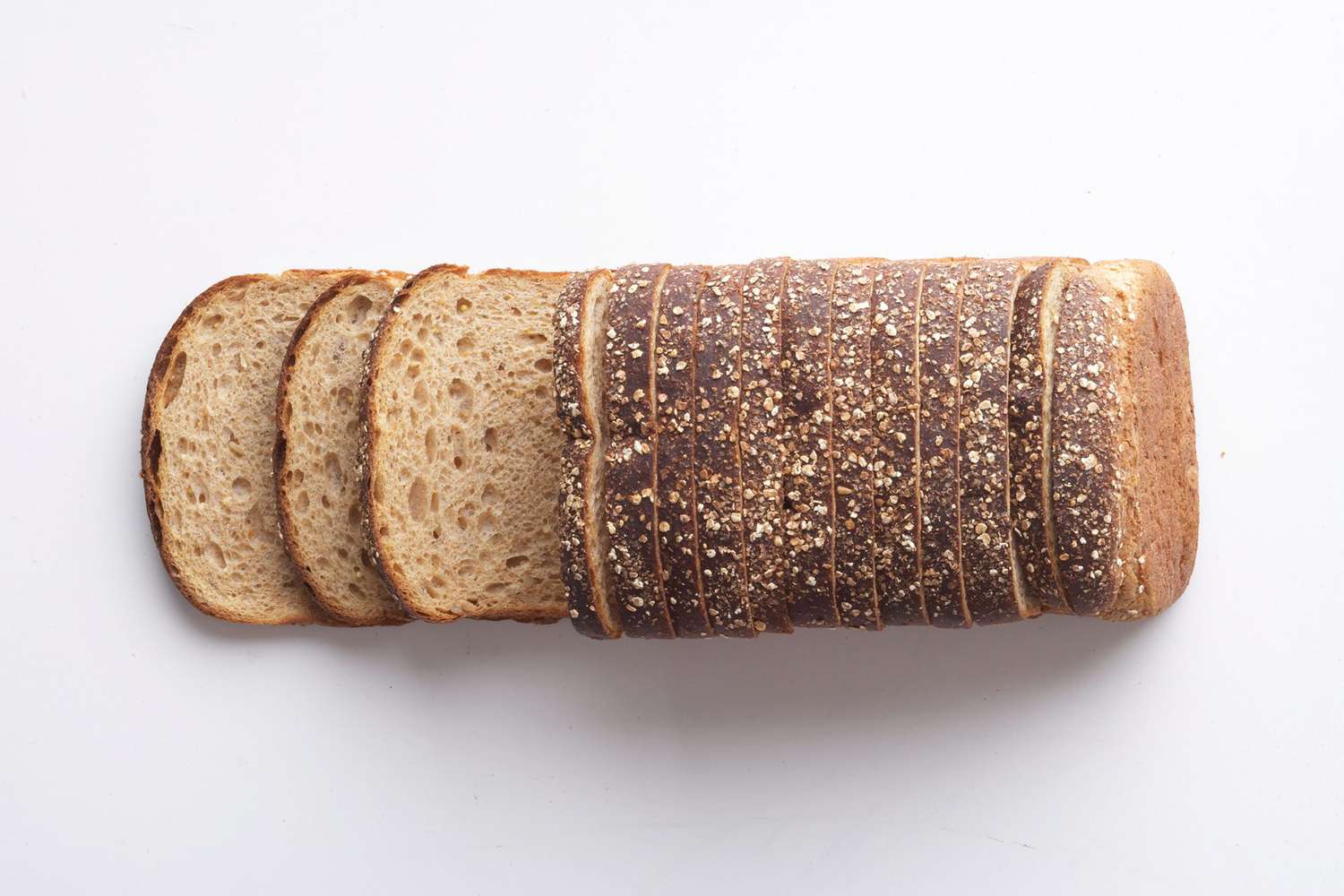
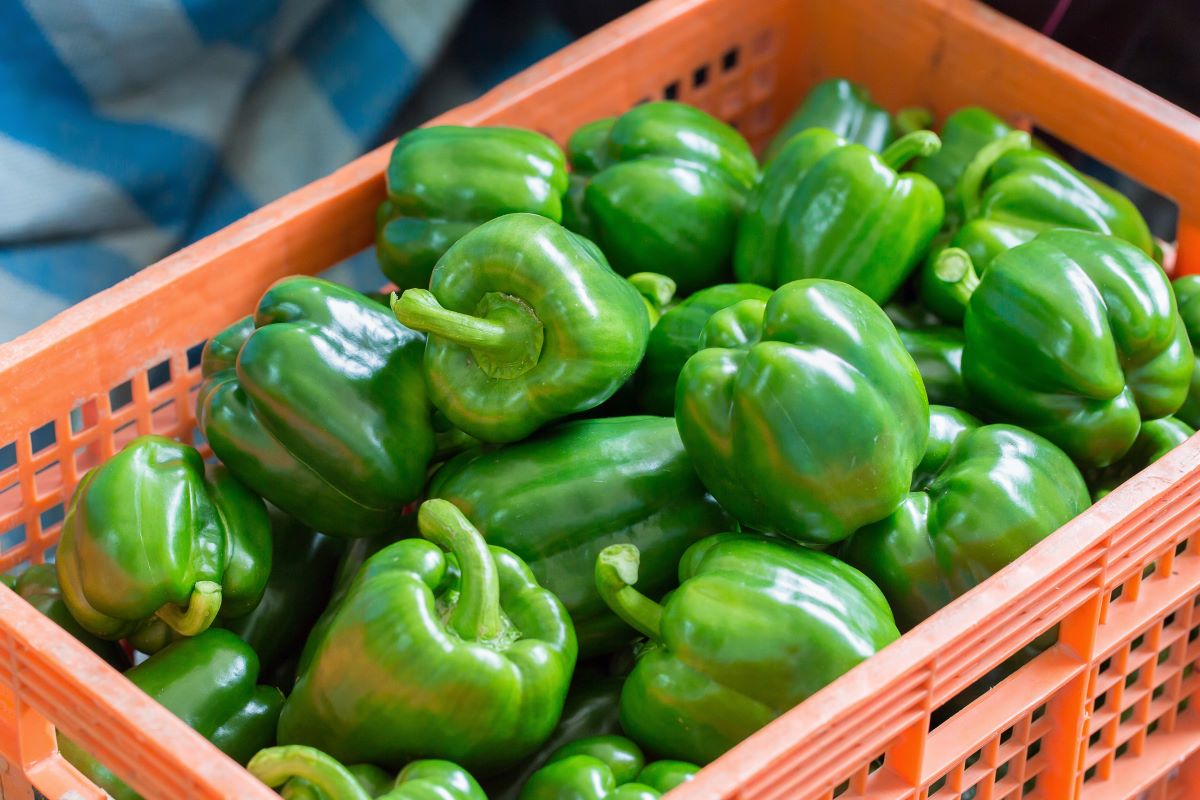
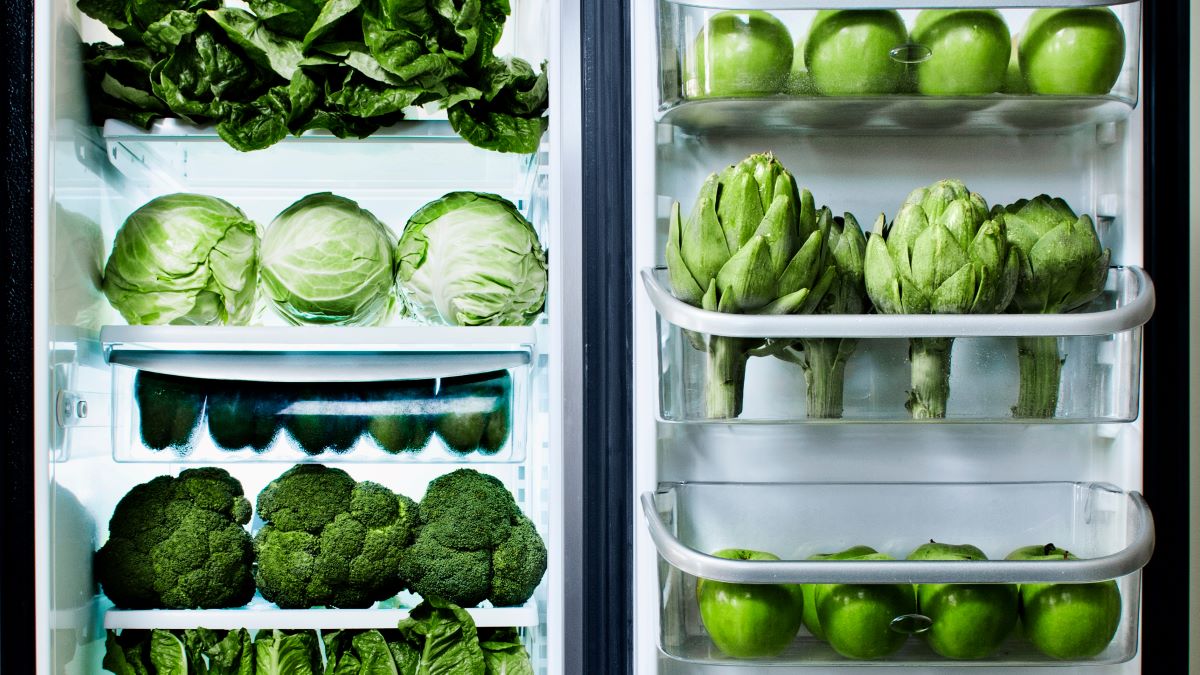
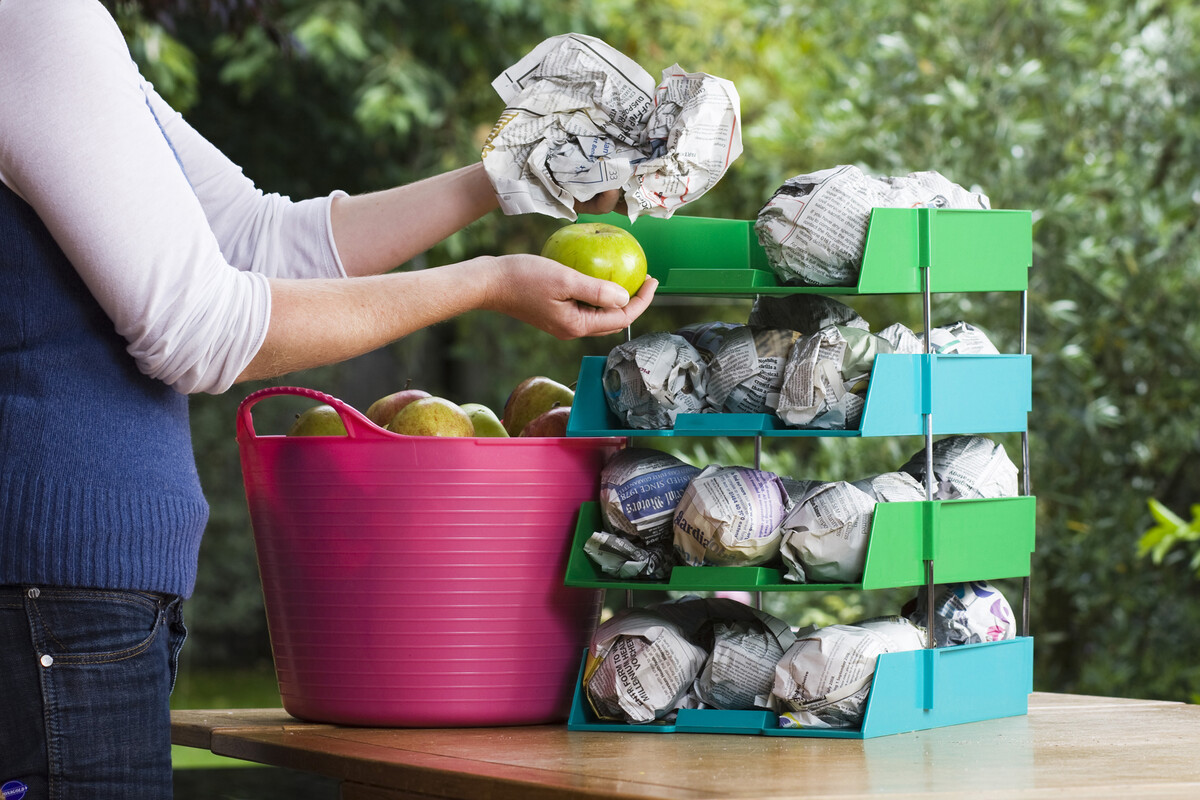
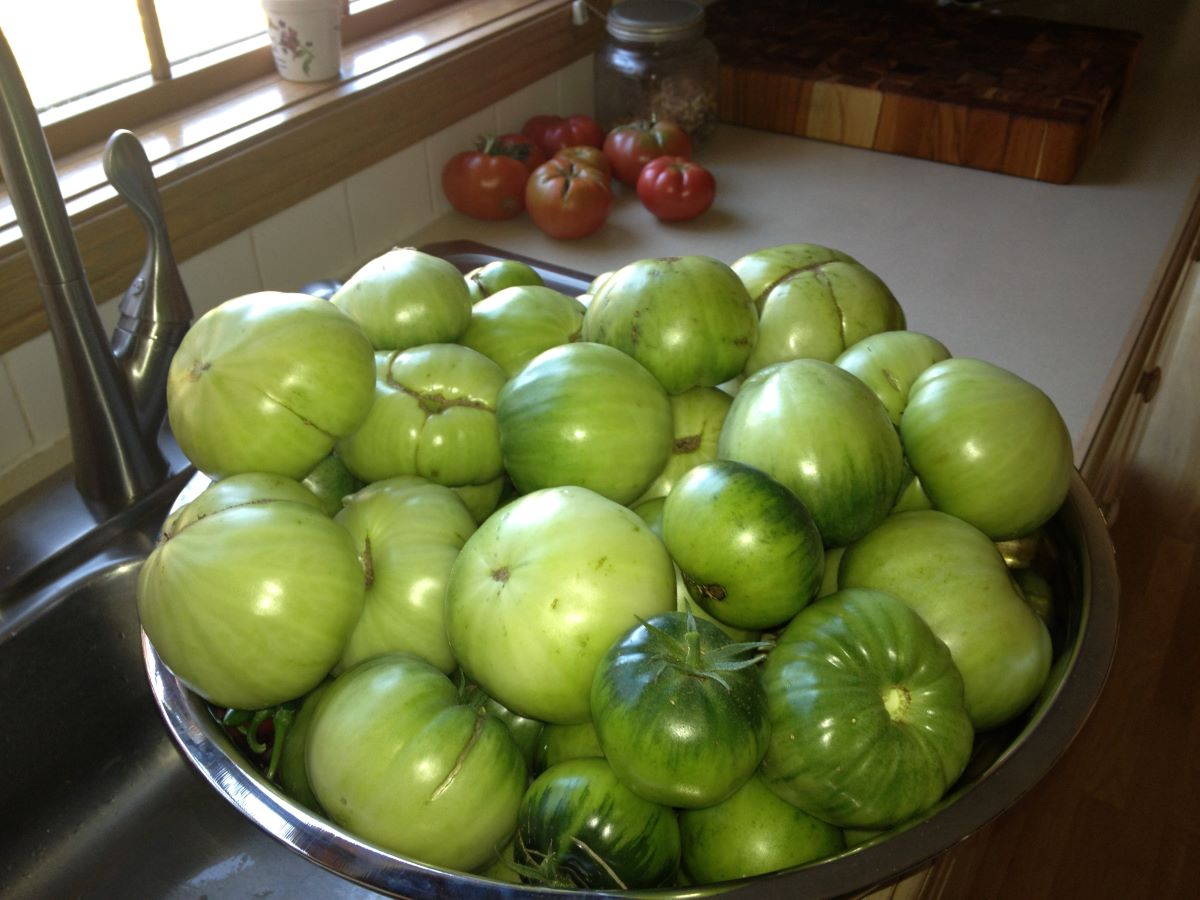
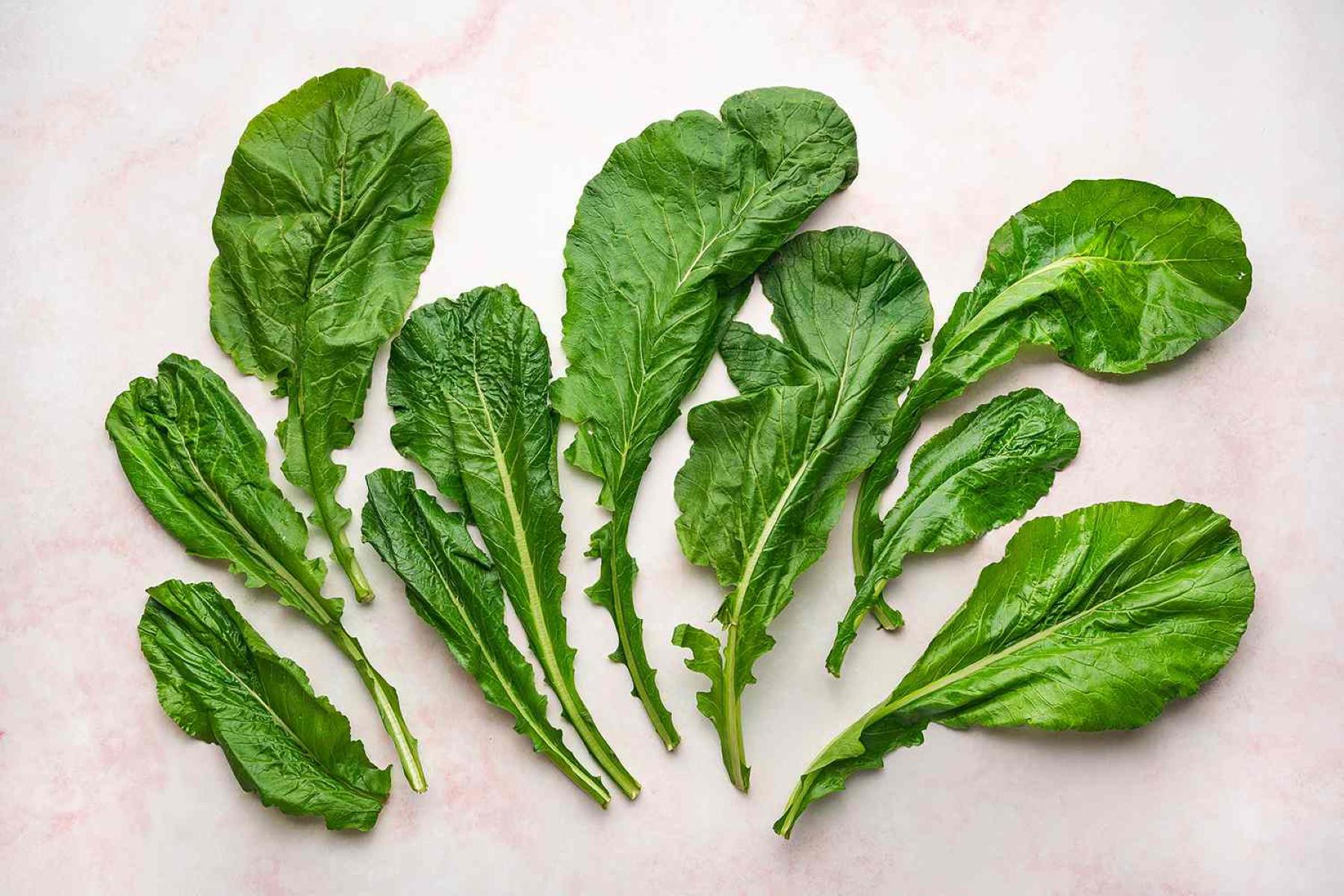
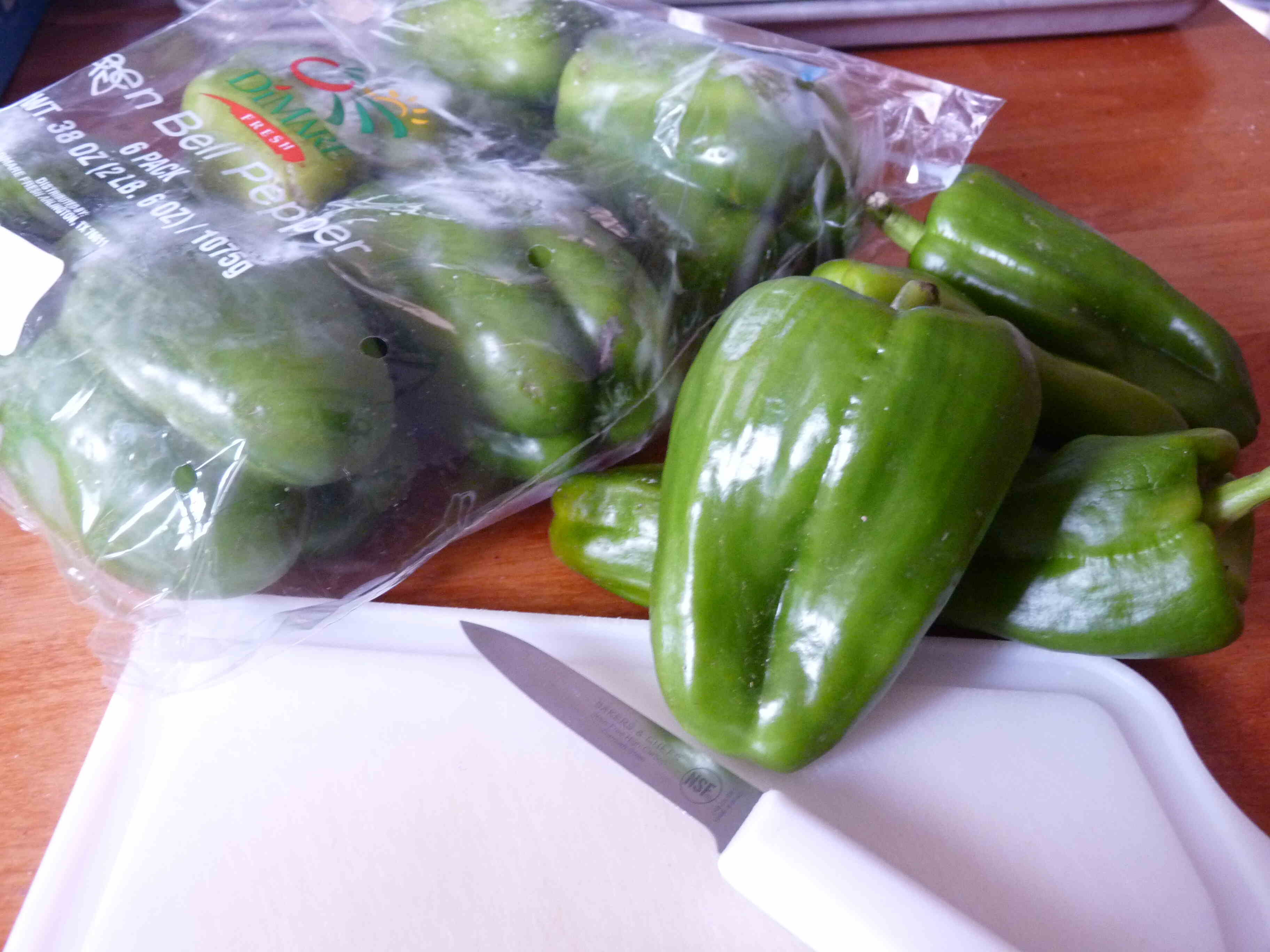
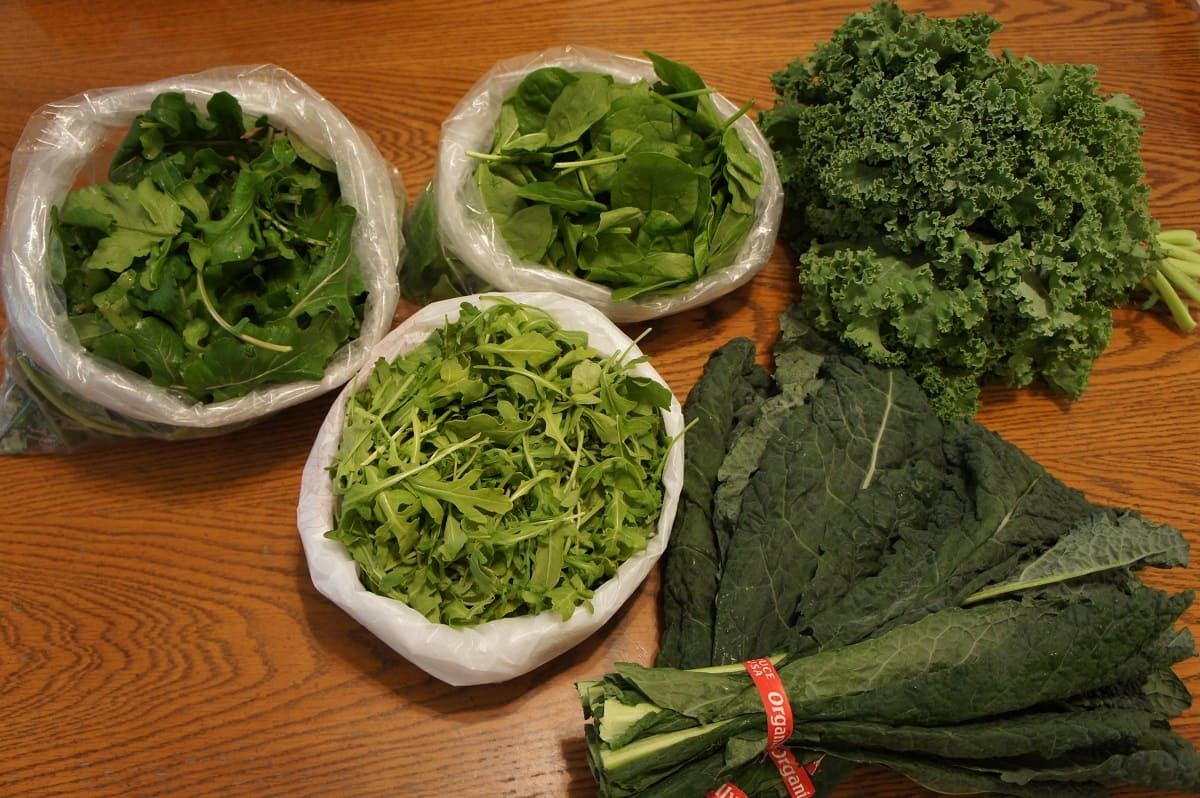
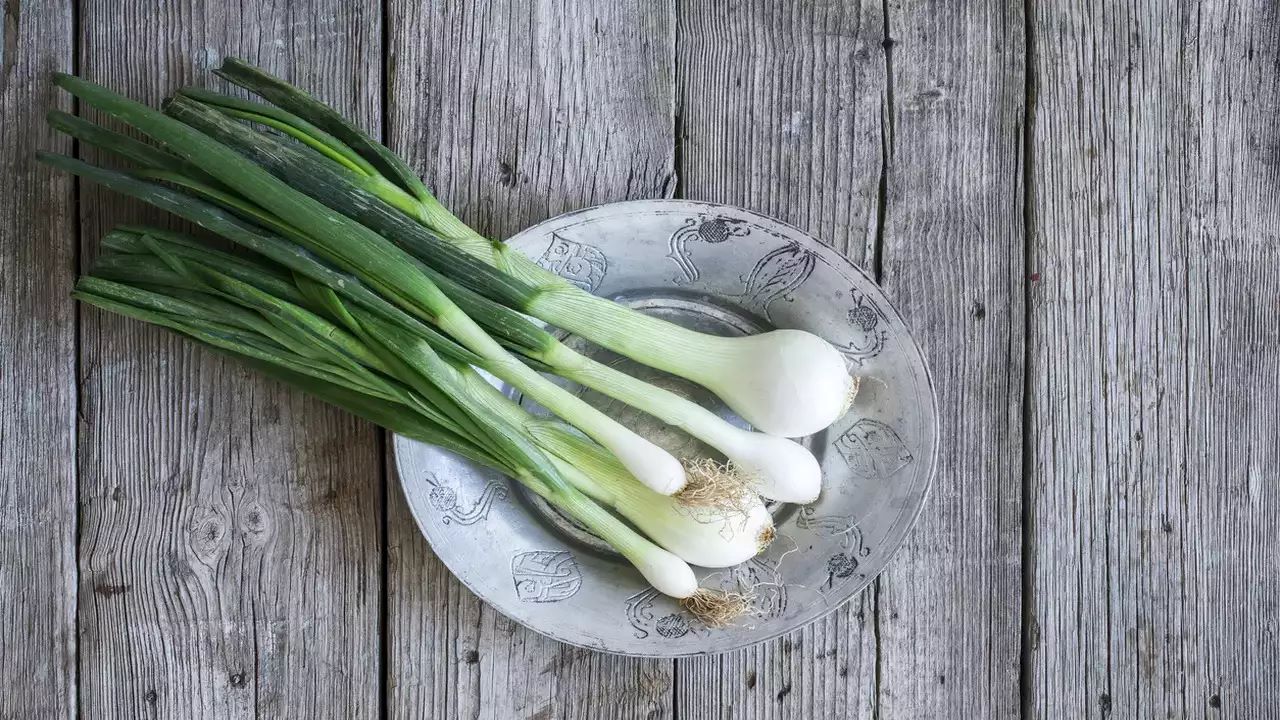

0 thoughts on “How To Store Fresh Greens”